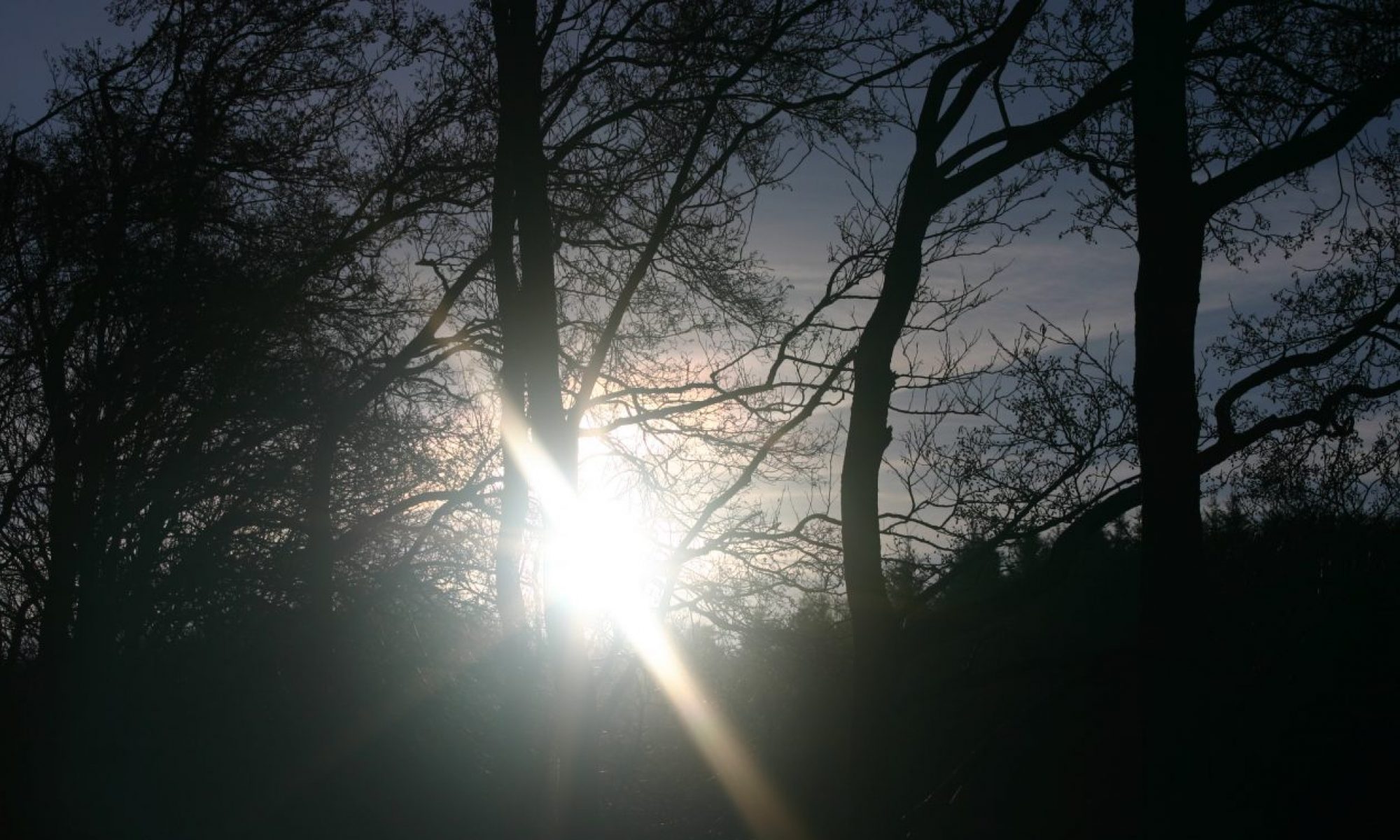Music
Standard music notation can be very difficult to understand, it took me many years to finally get to grips with it. So for children it can be a daunting task being asked to read standard musical notation. That’s why for this input, we were using figure notes to allow us to play short pieces of music on glockenspiels and xylophones. Figure notes are used as an introduction to reading music as there are no stave lines or note values and names for the children to learn before hand. Improvisation was also carried out in this input which for everyone, was something that we all dreaded.
The skills developed in this input are as follows:
- Practical
- Listening
- Reading
- Performing
Next steps from this input would be to look further at figure notes as it took me a while to get my head around because I’m used to standard notation. By looking and practising pieces using figure notes it should help me to understand hoe to explain to and help children.
Visual Art
Creating something and getting to physically create that idea is something I love doing, and in this input I was able to do both of these things. We were tasked with creating our own paintbrushes from various materials. Once our brushes were complete we would have to use them to paint a picture that was read to us rather than shown to us. This was great fun as you had to think ahead and hypothesise what kinds of marks you would be making; fine, broad, light, heavy etc. I had never experienced having a painting read to me before, with each detail about colour and positioning included. The tricky part of the painting (other than working out what it was to look like) was mixing paints. We were given a palette with the primary colours and white paint and we had to make the colours needed from them, which was great fun.
The skills developed throughout this input are as follows:
- Listening
- Practical
- Planning
Next steps from this input would be to experience using different tools to paint other than a traditional paintbrush and to brush up (pun intended!) on my colour mixing skills.
The Link
This weeks link for me, was exploring something new. In music we looked at a new way or presenting music notation, and in art we explored new ways of painting. The second link would be creating. In music we were improvising, thus creating our own piece of performance and in art we created our own paintbrushes and painting to go with it.
Teaching Music
Teaching children how to play un-tuned instruments can be difficult, but teaching them to play tuned instruments and the music that goes with them is even more difficult. Using figure notes is a great way to introduce notes and the idea of note names to children. Because each key/note on the instrument has a corresponding shape it allows children to see the differences in each note. Starting off simple with playing different rhythms of each note would be a good place to start and gradually you would increase the number of notes used and the difficulty of the rhythm. Getting the children to improvise in front of the class is a great way of boosting confidence. I certainly found that I was very nervous to improvise in front of the class because I though I would be judged on my abilities. But, after listening to the other students perform, you are put at ease because everyone has the same level of skill and the fear of being inadequate goes away. I think this would be the same for the children in the class. Improvisation is also a very fun activity as you get the chance to express yourself and I think children would love to get to play their own piece.
The barriers to teaching this aspect of music would be resources. If the school are not lucky enough to have an abundance of instruments that the children can use, then they will miss out on experiencing this area of music. As a substitute you could use un-tuned instruments such as tambourines and cow bells if the school had any of those, but it’s not the same experience.
Teaching Art
When you give a child a paintbrush, and usually in schools they can be quite fine, it implies that you want that child to create something intricate and detailed. This puts a lot of pressure on the child as they are usually not capable of creating really intricate pieces of work. So, allowing children to create their own painting instruments is a great way of achieving two things: one, letting them express themselves with how they design and personalise their brushes, and two, relieving the pressure that they are expected to create a piece of fine artwork. The activity of reading a painting to the class is a great way for the children to understand the idea of perspective as each child’s picture will turn out differently. This activity could be used to introduce the idea of listening and respecting others views and opinions as everyone sees things from a different perspective.
The barriers to teaching these activities would resources and time. Most of the resources used were easy to source and reasonably cheap (wool, thread, buttons etc.) but if a school is not very interested in the arts at all, they might not have any resources. Time could be an issue as building your own paintbrush takes time and you don’t want to rush the children. Perhaps taking one lesson to create the brushes and then another lesson for using them to paint would be a way to combat this.
Issues
General barriers to teaching the arts would be lack of funding from local authorities and the government. This could mean that schools can’t afford to buy musical instruments or art supplies for their pupils. “The inspiration and power of the arts play a vital role in enabling our children and young people to enhance their creative talent and develop their artistic skills” (Scottish Government, 2004, p.55). This means that without adequate funding to buy resources for the school, children miss out on the opportunity to shape their sense of personal, social and cultural identities as well as their artistic capabilities (Scottish Government, 2004).
References
Scottish Government. (2004) Curriculum for Excellence: Experience and Outcomes. [Online] Available: https://www.education.gov.scot/Documents/all-experiences-and-outcomes.pdf [Accessed: 15 December 2017].


